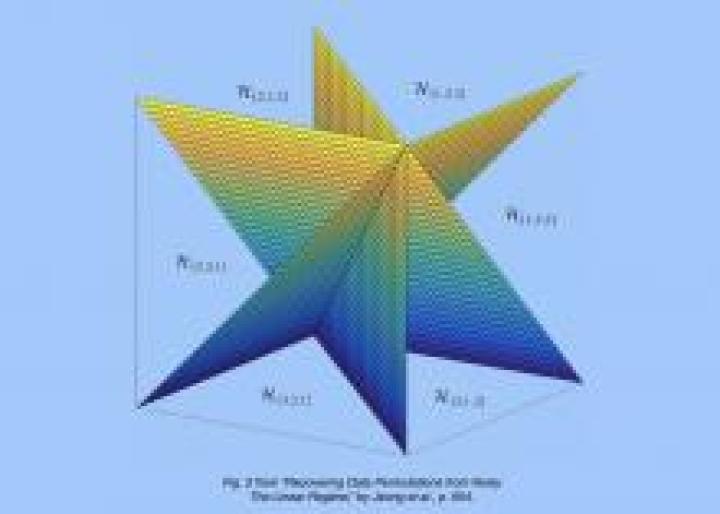
This special issue will focus on exploring the intersection of privacy and security with information and coding theory, as well as applications in communication theory, cryptography, computer science, machine learning, and hardware security.

This special issue will focus on exploring the intersection of privacy and security with information and coding theory, as well as applications in communication theory, cryptography, computer science, machine learning, and hardware security.

Sequential methods underpin many of the most powerful learning techniques, such as reinforcement learning, multi-armed bandits, online convex optimization, and active learning. Although many practical algorithms have been developed for sequential learning, there is a strong need to develop theoretical foundations and to understand fundamental limits. Herein lies an excellent opportunity for information theory to provide answers given its vast arsenal of versatile techniques. At the same time, sequential learning has already started to motivate new problems and insights in information theory and has led to new perspectives. This special issue seeks to fertilize new topics at the intersection of information theory and sequential, active, and reinforcement learning, promoting synergy along the way.

The CFP for JSAIT's 6th Special Issue. The intersection of information theory and computing has been a fertile ground for novel, relevant intellectual problems. Recently, coding-theoretic techniques have been designed to improve performance metrics in distributed computing systems. This has generated a significant amount of research that has produced novel fundamental limits, code deigns and practical implementations. The set of ideas leveraged by this new line of research is collectively referred to as coded computing. This special issue will focus on coded computing, including aspects such as tradeoffs between reliability, latency, privacy and security.

The CFP for JSAIT's 7th Special Issue. The focus of this special issue is on the applications of coding to the broad area of networking for efficient exploitation and delivery of data. Various coding techniques have been devised to tackle erasures and achieve fundamental limits of compression to recover a message with a fidelity criterion. Motivated by the research in this direction and a wide variety of applications at the intersection of distributed systems and networking, this special issue will focus on key aspects ranging from employment of coding for enhancing the efficiency of networking, protocols, computation and delivery in distributed systems, to maintaining consistency in updates and improving accessibility in distributed storage systems, as well as providing desired performance tradeoffs in terms of efficiency, delay and atomicity.

This special issue will focus on the intersection of Information theory with estimation and inference. Information Theory has provided powerful tools as well as deep insights into optimal procedures for statistical inference and estimation. The application of these tools include characterization of optimal error probabilities in hypothesis testing, determination of minimax rates of convergence for estimation problems, analysis of message-passing and other efficient algorithms, as well as demonstrating the equivalence of different estimation problems. This issue will illuminate new connections between information theory, statistical inference, and estimation, as well as highlight applications where information-theoretic tools for inference and estimation have proved fruitful in a wide range of areas including signal processing, data mining, machine learning, pattern and image recognition, computational neuroscience, bioinformatics and cryptography.